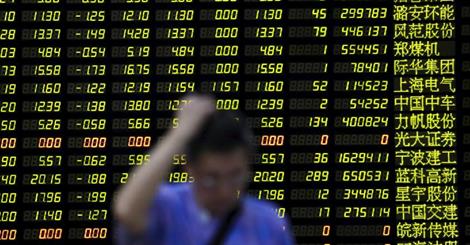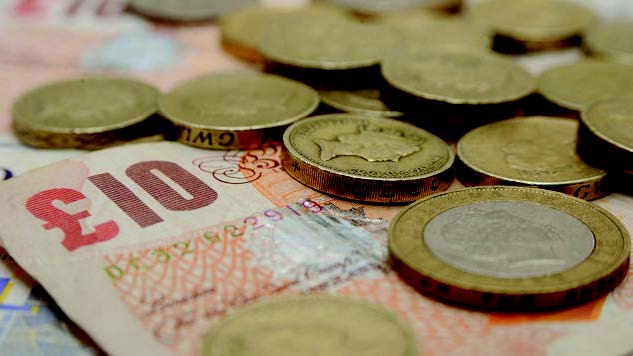
SHANGHAI (TIP): Chinese shares fell sharply again on Wednesday after plunging in the previous session, taking losses in 2016 to nearly 25 percent or 13 trillion yuan ($2 trillion).
The benchmark Shanghai Composite Index was down 3 percent in afternoon trade, having tumbled 6.4 percent on Tuesday to its lowest close since Dec. 1, 2014.
The CSI300 index of the largest listed companies in Shanghai and Shenzhen was down 2.4 percent.
China markets began the year with a series of precipitous falls and a sharp depreciation in the yuan currency, and selling pressure has persisted as economic data confirmed slowing growth and deteriorating business conditions, hammering investors’ confidence in stocks. Gu Yongtai, analyst at Cinda Securities, said the prospect of investors having to sell stocks they bought with borrowed money in order to cover margin calls has also hurt sentiment.
“There’s fear that stock price falls would trigger margin calls, which then adds further pressure on prices, although the actual amount of forced liquidation is not as big as people would imagine,” Gu said.
Four listed companies suspended trading in their shares on Wednesday, saying their major shareholders, who have pledged shares as collateral, face margin calls and would seek ways to avoid forced liquidation.
“If the market continues to fall, equity pledging-related selling pressure could increase significantly, putting further pressure on the stock market,” said Gao Ting, the Head of China Strategy with UBS Securities.Trading volumes have thinned, making price moves even more volatile, as many investors have given up on Chinese stocks since last summer, when shares crashed 40 percent.
Beijing intervened to stem that rout and orchestrate a recovery of sorts, but anyone who mistook that for a bottom and bought back in will be nursing losses again. China’s woes have also damaged risk appetite in global markets, which have also been hit by tumbling oil prices.
Stocks on Wall Street were given a lift overnight as crude prices bounced back over the $30 mark overnight on hopes of output cuts. Oil had a 12-year low last week due to oversupply and concerns about faltering global growth.
Investors across the world will hang on whether the market chaos of the last few weeks and concerns over China’s slowing economy might blow the U.S. Federal Reserve off its proposed course of gradual interest rate hikes.
The Fed is expected to leave interest rates unchanged later on Wednesday and acknowledge that turmoil in financial markets threatens its upbeat view of the U.S. economy, leaving the chances of a March hike diminished but alive.





Be the first to comment